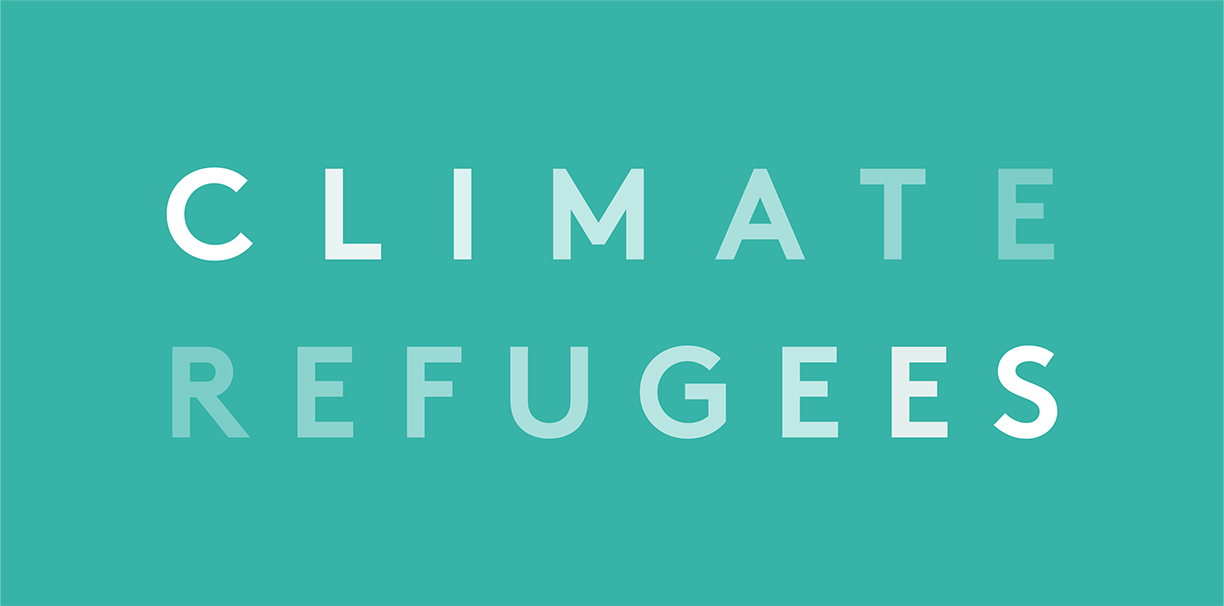In incredible reporting, ProPublica and The New York Times Magazine with support from the Pulitzer Center, have for the first time modeled how climate refugees (their term) might move across the world, and yes, across borders.
As we have said repeatedly in panels, writings and discussions, it’s always been our experience that people move as a matter of last resort and also after numerous adjustments to do everything they can to stay. It should be a concept everyone can relate to - that of would you leave your home that willingly? - and yet, it bears repeating once again.
We were glad to see ProPublica mention it as well. Noting correctly, that most migrants and would-be asylum-seekers will choose to move to a larger town or city within their own country first, and when those new places fail to meet their needs or offer the sought-after protection, it is then that they tend to cross borders, and with it, take ever riskier journeys in an increasingly hostile global environment to migrants and asylum-seekers.
This long in-depth feature is so good that we will simply re-post a very small portion of the original text here, encouraging you to please read this incredible reporting in careful detail. Thank you to Abrahm Lustgarten for his insightful and humanistic reporting from Central America and the global and holistic view of what’s at stake.
Excerpts:
“Last summer, I went to Central America to learn how people like Jorge will respond to changes in their climates. I followed the decisions of people in rural Guatemala and their routes to the region’s biggest cities, then north through Mexico to Texas. I found an astonishing need for food and witnessed the ways competition and poverty among the displaced broke down cultural and moral boundaries. But the picture on the ground is scattered. To better understand the forces and scale of climate migration over a broader area, The New York Times Magazine and ProPublica joined with the Pulitzer Center in an effort to model, for the first time, how people will move across borders.
We focused on changes in Central America and used climate and economic-development data to examine a range of scenarios. Our model projects that migration will rise every year regardless of climate, but that the amount of migration increases substantially as the climate changes. In the most extreme climate scenarios, more than 30 million migrants would head toward the U.S. border over the course of the next 30 years.
Migrants move for many reasons, of course. The model helps us see which migrants are driven primarily by climate, finding that they would make up as much as 5% of the total. If governments take modest action to reduce climate emissions, about 680,000 climate migrants might move from Central America and Mexico to the United States between now and 2050. If emissions continue unabated, leading to more extreme warming, that number jumps to more than a million people. (None of these figures include undocumented immigrants, whose numbers could be twice as high.)
The model shows that the political responses to both climate change and migration can lead to drastically different futures.
As with much modeling work, the point here is not to provide concrete numerical predictions so much as it is to provide glimpses into possible futures. Human movement is notoriously hard to model, and as many climate researchers have noted, it is important not to add a false precision to the political battles that inevitably surround any discussion of migration. But our model offers something far more potentially valuable to policymakers: a detailed look at the staggering human suffering that will be inflicted if countries shut their doors.”
….
“In recent months, the coronavirus pandemic has offered a test run on whether humanity has the capacity to avert a predictable — and predicted — catastrophe. Some countries have fared better. But the United States has failed. The climate crisis will test the developed world again, on a larger scale, with higher stakes. The only way to mitigate the most destabilizing aspects of mass migration is to prepare for it, and preparation demands a sharper imagining of where people are likely to go, and when.”
….
“Even as the scientific consensus around climate change and climate migration builds, in some circles the topic has become taboo. This spring, after Proceedings of the National Academy of Sciences published the explosive study estimating that, barring migration, one-third of the planet’s population may eventually live outside the traditional ecological niche for civilization, Marten Scheffer, one of the study’s authors, told me that he was asked to tone down some of his conclusions through the peer-review process and that he felt pushed to “understate” the implications in order to get the research published. The result: Migration is only superficially explored in the paper. (A spokeswoman for the journal declined to comment because the review process is confidential.)
“There’s flat-out resistance,” Scheffer told me, acknowledging what he now sees as inevitable, that migration is going to be a part of the global climate crisis. “We have to face it.”
Our modeling and the consensus of academics point to the same bottom line: If societies respond aggressively to climate change and migration and increase their resilience to it, food production will be shored up, poverty reduced and international migration slowed — factors that could help the world remain more stable and more peaceful. If leaders take fewer actions against climate change, or more punitive ones against migrants, food insecurity will deepen, as will poverty. Populations will surge, and cross-border movement will be restricted, leading to greater suffering. Whatever actions governments take next — and when they do it — makes a difference.” (ProPublica)









